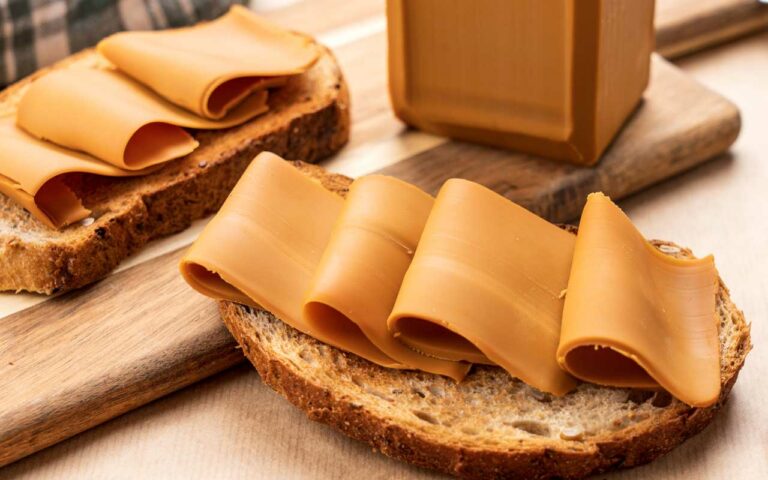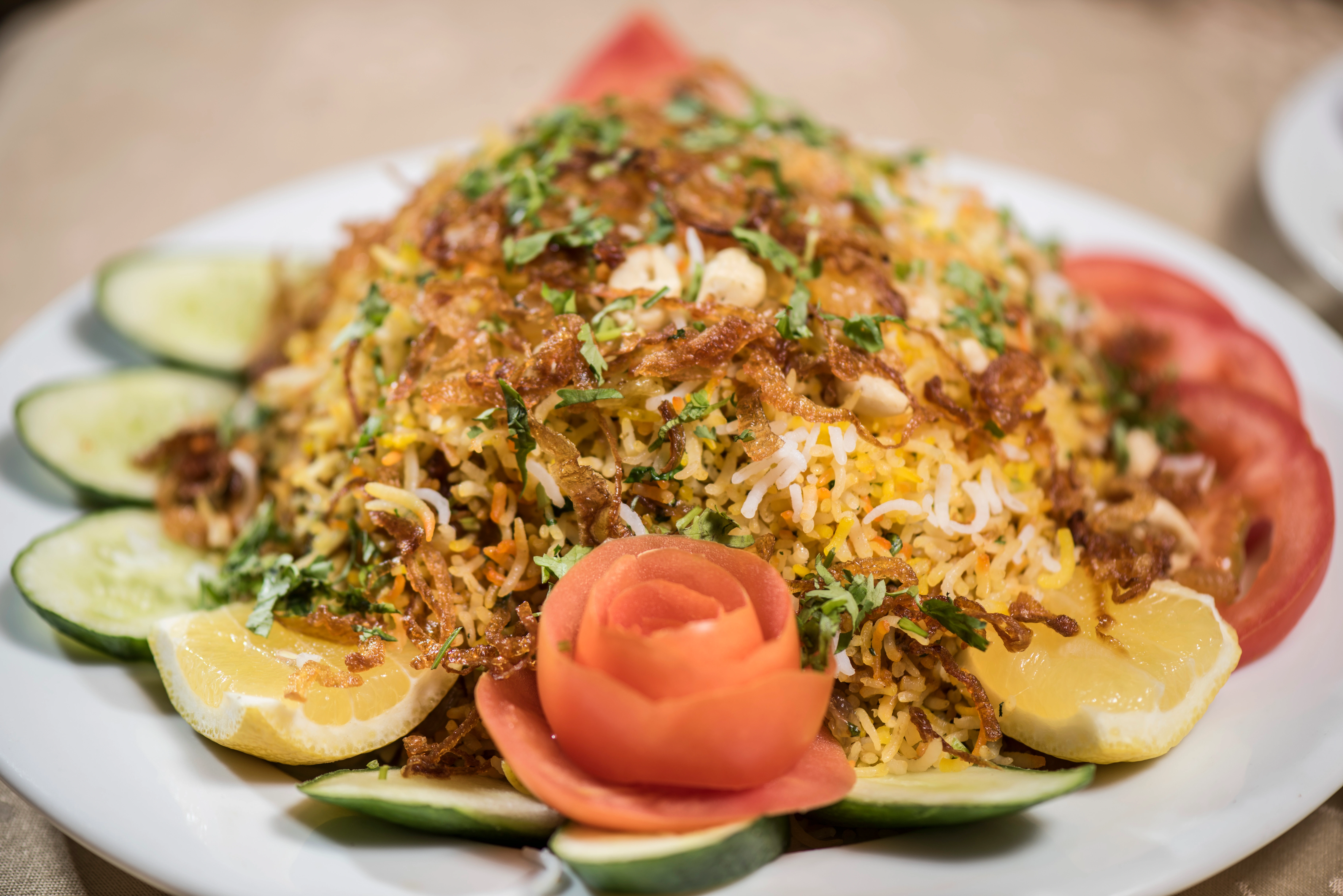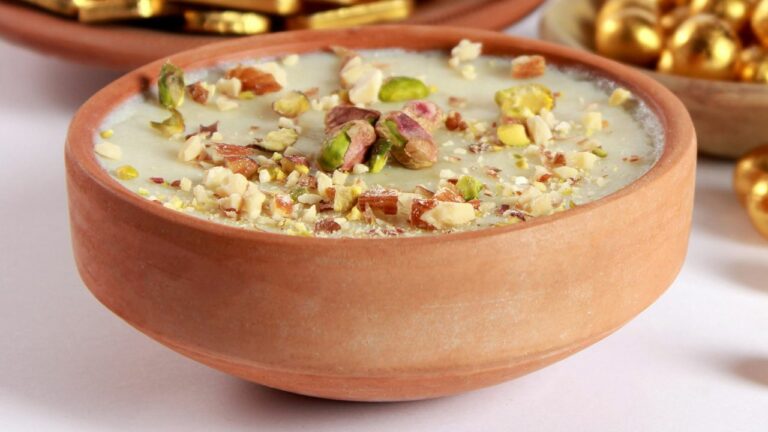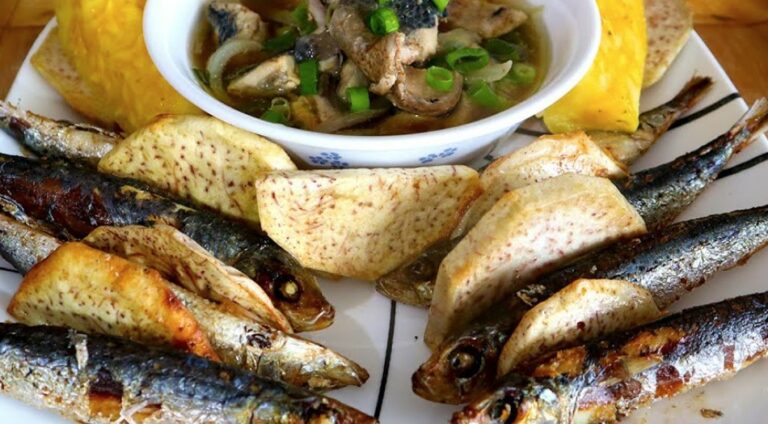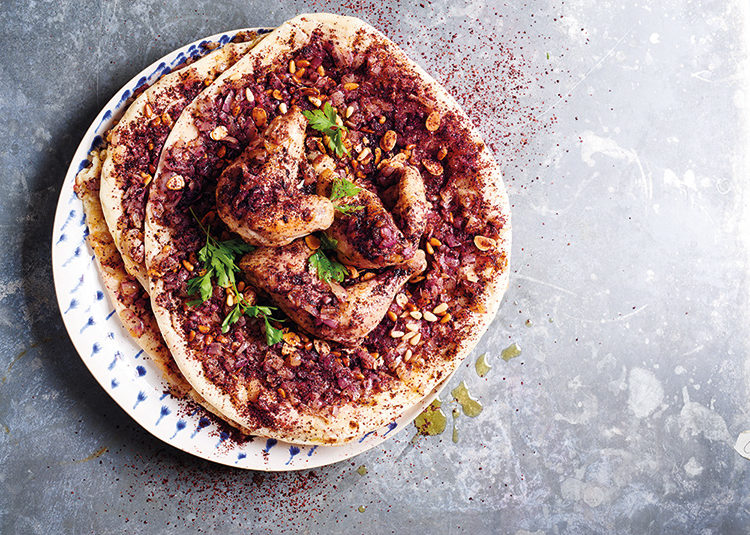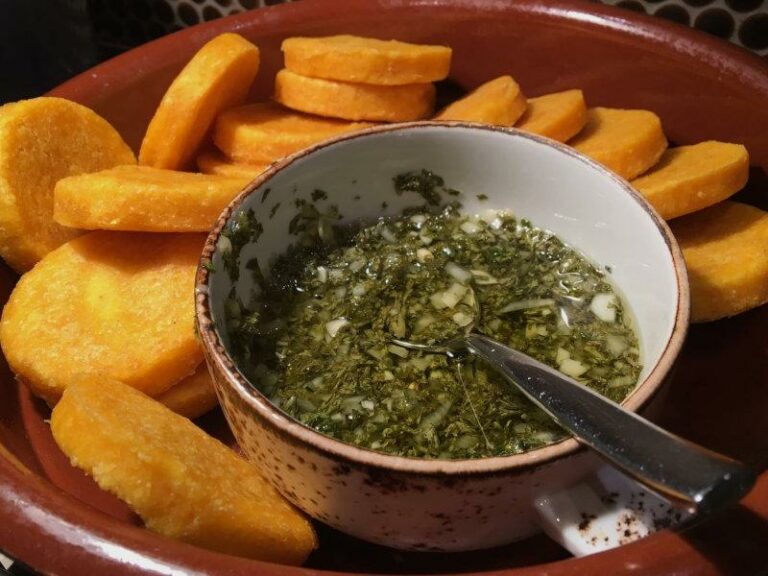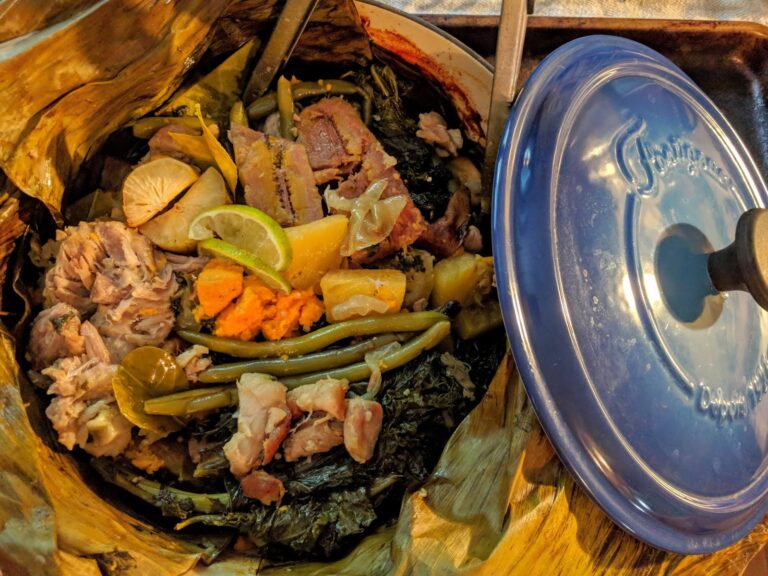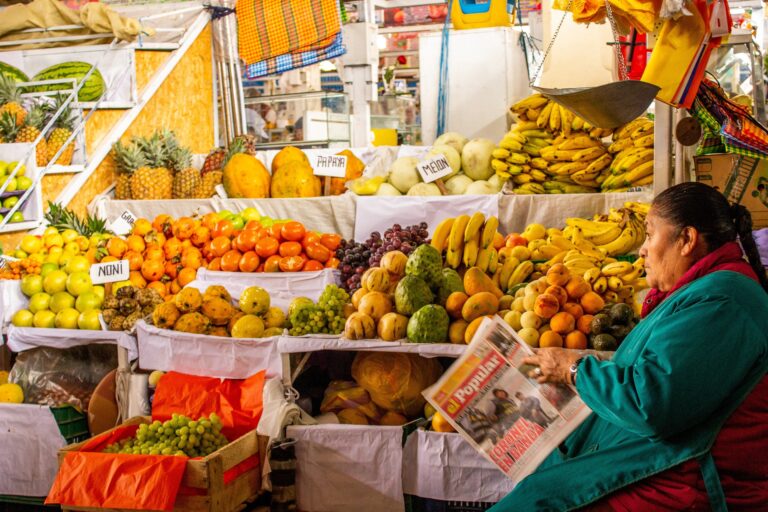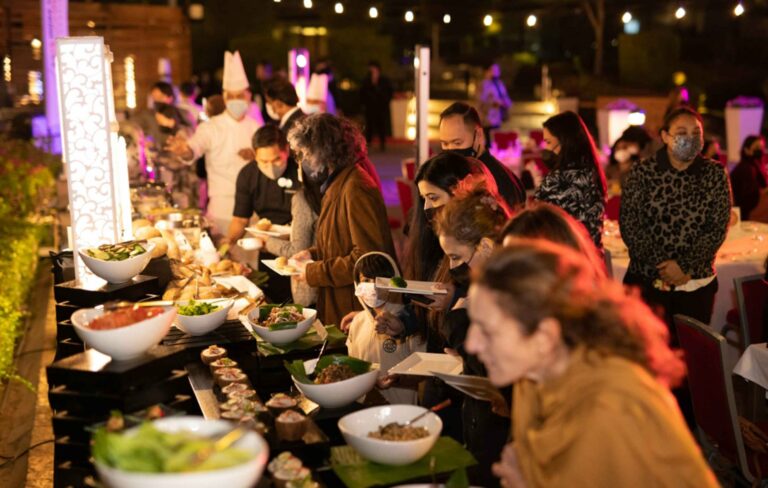Introduction: Food in Norway
Norway may not be the first country that comes to mind when you think of cuisine, but that doesn’t mean it doesn’t have a rich and diverse food culture. Traditional Norwegian foods are heavily influenced by the country’s harsh climate and geography, with an emphasis on seafood and hearty, warming dishes. In recent years, Norway has also seen a rise in food festivals and farmers’ markets, making it easier than ever to explore and taste the country’s culinary offerings.
Farmers’ Markets in Norway
Norway has a strong tradition of small-scale, locally sourced agriculture, which has led to a thriving farmers’ market scene. These markets can be found all over the country, from small towns to big cities, and offer a chance to sample fresh produce, artisanal cheeses, homemade jams and preserves, and more. Some of the most popular farmers’ markets in Norway include the Mathallen Food Hall in Oslo, the Bergen Fish Market, and the Trondheim Farmers’ Market.
The Growing Popularity of Food Festivals
In addition to farmers’ markets, Norway has also seen a growing number of food festivals in recent years, which celebrate the country’s culinary heritage and showcase the talents of local chefs and producers. These festivals range from large-scale, multi-day events to smaller, more intimate gatherings, and cover everything from seafood to cheese to traditional Norwegian dishes.
Traditional Norwegian Foods at Festivals
One of the highlights of any food festival in Norway is the chance to try traditional Norwegian foods that might be hard to find elsewhere. Some classic dishes you might encounter at a Norwegian food festival include lutefisk (a type of dried, salted cod that is rehydrated and served with potatoes and bacon), rakfisk (fermented fish that is often served on flatbread), and fårikål (a stew made from lamb, cabbage, and potatoes).
The Best Food Festivals in Norway
If you’re looking to experience the best of Norwegian food culture, there are several festivals you won’t want to miss. The Gladmat Festival in Stavanger is one of the largest food festivals in Norway, featuring over 200 vendors and 150,000 visitors each year. The Bergen Food Festival is another popular event, showcasing the city’s famous seafood and offering a range of cooking classes and workshops. Other festivals to check out include the Trøndersk Matfestival in Trondheim and the Matstreif Festival in Oslo.
Conclusion: Exploring Norway’s Culinary Scene
Whether you’re a food lover or simply curious about Norwegian cuisine, there’s plenty to discover in Norway’s markets and festivals. From fresh seafood to traditional stews, the country’s culinary offerings are rich and varied, with something to please every palate. So why not plan a trip to Norway and explore its food scene for yourself? You might just be surprised by what you find.

